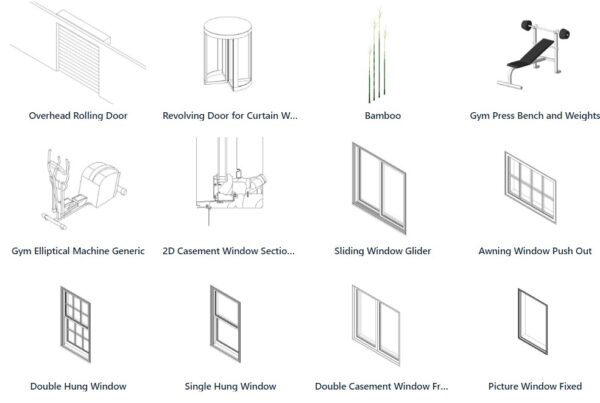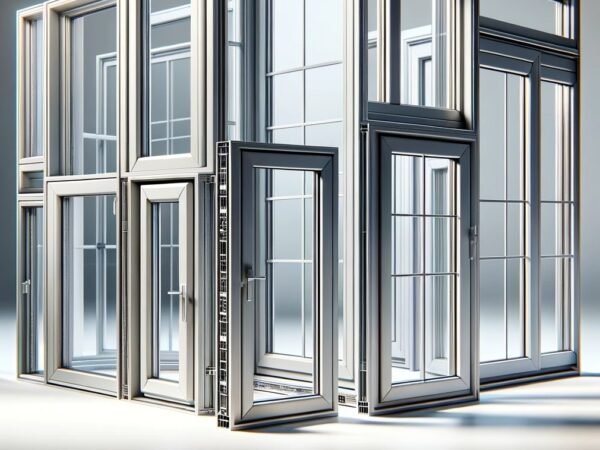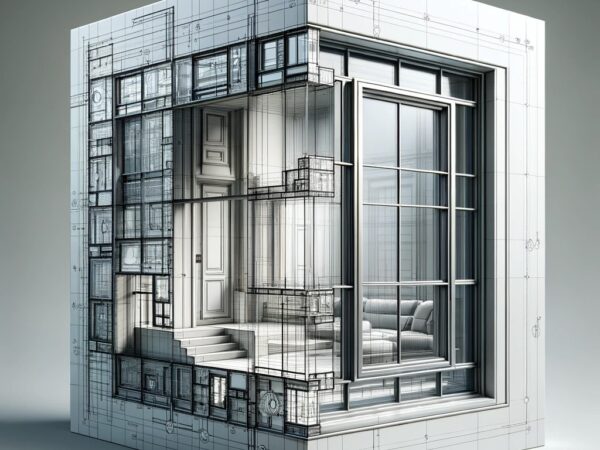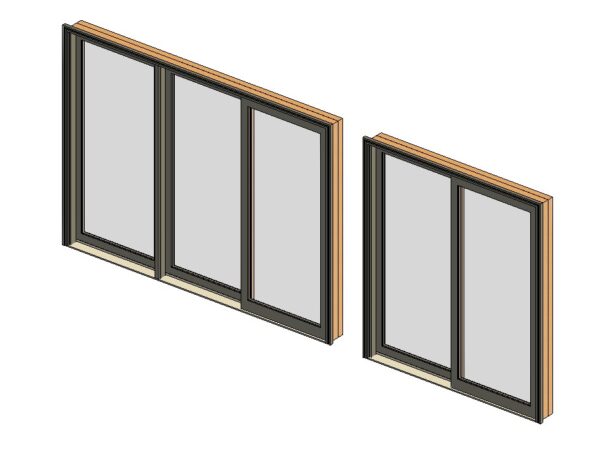BIM Library

BIM Content Development
BIM (Building Information Modeling) is a powerful approach that integrates digital representations of buildings’ physical and functional characteristics. It facilitates collaboration, streamlines processes, and enhances decision-making throughout the lifecycle of a construction project.
Here are some key points about BIM Content Development:
- Definition:
- BIM Content refers to the digital components used within BIM models. These components represent various building elements, such as walls, doors, windows, furniture, and MEP (mechanical, electrical, plumbing) systems.
- Development involves creating, organizing, and managing these BIM components to ensure accurate representation and seamless integration.
- Standards and Best Practices:
- BIM Content Development adheres to specific standards and guidelines. These standards ensure consistency, interoperability, and quality across different BIM models.
- Content creation, classification, and version control strategies are essential for maintaining a robust BIM library.
- Vendor-Neutral Perspective:
- BIM Content should be vendor-neutral, meaning it is not tied to any specific software or manufacturer. This approach ensures flexibility and compatibility across different BIM platforms.
- It allows architects, engineers, and contractors to choose the best components for their projects without being restricted by proprietary formats.
- Information Within BIM Models:
- BIM Content includes geometric representations (3D models) and essential information (metadata). This information can range from material specifications and performance data to installation instructions.
- Effective BIM Content Development considers both visual fidelity and data richness.
- Methods for Organizing Content:
- BIM components can be organized in various ways, such as libraries, families, and templates.
- Libraries: Central repositories containing a collection of BIM components.
- Families: Groups of related components (e.g., different types of doors) that share common parameters.
- Templates: Predefined setups for specific project types (e.g., residential, commercial).
In summary, BIM Content Development is a dynamic field that combines creativity, technical expertise, and collaboration. Whether you’re an architect designing a sustainable building or a contractor coordinating construction activities, understanding BIM Content Development is crucial for success.






